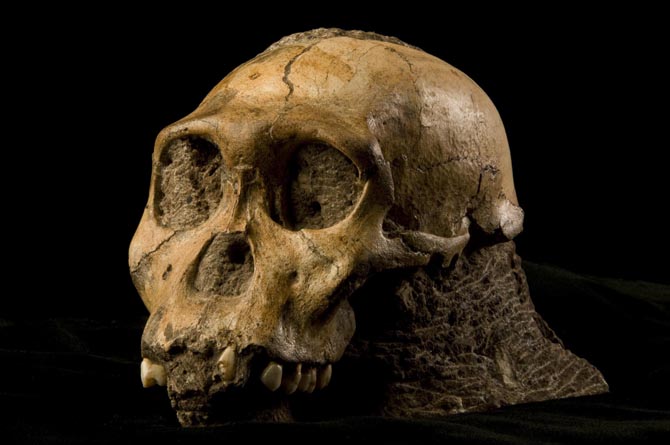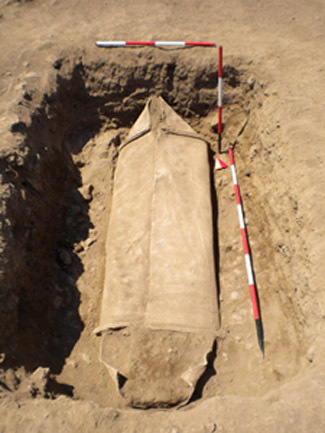Scientific Minds Want To Know
A multicellular organism that lives without oxygen

You're looking at the first multi-cellular, anaerobic organism known to humans. Anaerobic, of course, means this little critter lives entirely without oxygen. We've long known that single-celled organisms could live this way, but this discovery comes as a bit of surprise. This organism is part of a species called Loricifera, has no mitochondria. Anaerobic organisms have an entirely different organelle, called hydrogenosomes, that power their cells.
Scientists Discover Heavy New Element
Synthesis of a new element with atomic number Z=117
A team of Russian and American scientists has discovered a new element that has long stood as a missing link among the heaviest bits of atomic matter ever produced. The element, still nameless, appears to point the way toward a brew of still more massive elements with chemical properties no one can predict. 
Asteroid to pass by Earth this week
The newly discovered space rock will pass within the orbit of the moon on Thursday.
Also: Near death experiences could be caused by something as mundane as raised levels of carbon dioxide, scientists suggest.
*****
The remarkable remains of two ancient human-like creatures (hominids) have been found in South Africa.

Two 1.9 million-year-old skeletons found in a South African cave have added a new and intriguing member to the primate family.
Dubbed Australopithecus sediba, it has many features — including long legs and a protruding nose — common to Homo, the genus that eventually spawned humans. Other features, such as extra-long forearms and flexible feet, date from deep in our primate past.
Paleontologists disagree over whether A. sediba is a direct human ancestor, or just looks like one. But whatever their lineage, the fossils provide rare insight into a period shrouded in paleontological mystery.
“We feel that A. sediba might be a Rosetta Stone for defining for the first time what the genus Homo is,” said paleontologist Lee Berger of the University of Witwatersrand. “They’re going to be a remarkable window, a time machine.”
An archaeological mystery in a half-ton lead coffin

In the ruins of a city that was once Rome’s neighbor, archaeologists last summer found a 1,000-pound lead coffin.
Who or what is inside is still a mystery, said Nicola Terrenato, the University of Michigan professor of classical studies who leads the project—the largest American dig in Italy in the past 50 years.
The sarcophagus will soon be transported to the American Academy in Rome, where engineers will use heating techniques and tiny cameras in an effort to gain insights about the contents without breaking the coffin itself.
“We’re very excited about this find,” Terrenato said. “Romans as a rule were not buried in coffins to begin with and when they did use coffins, they were mostly wooden. There are only a handful of other examples from Italy of lead coffins from this age—the second, third or fourth century A.D. We know of virtually no others in this region.”


No comments:
Post a Comment